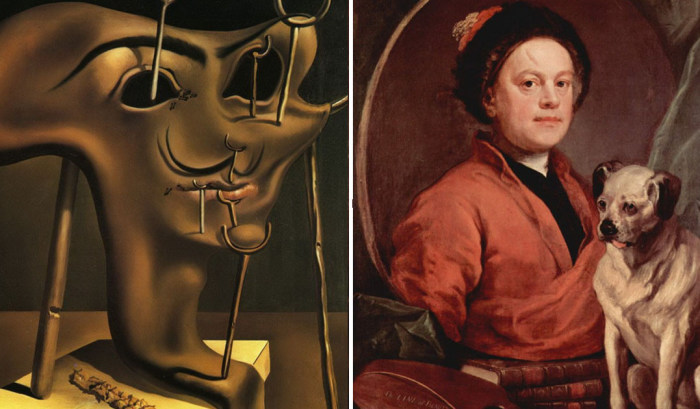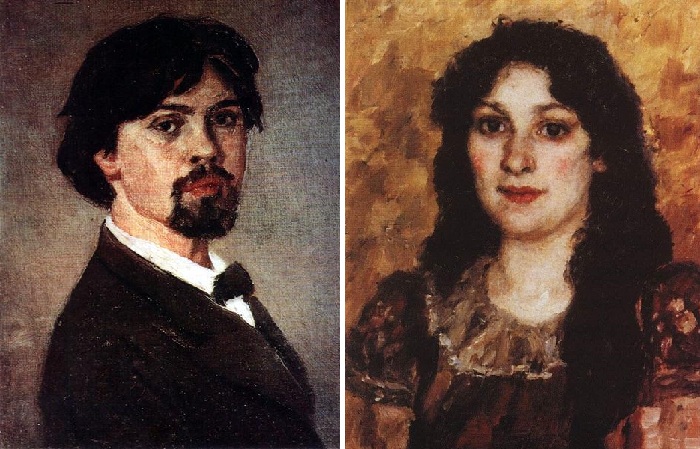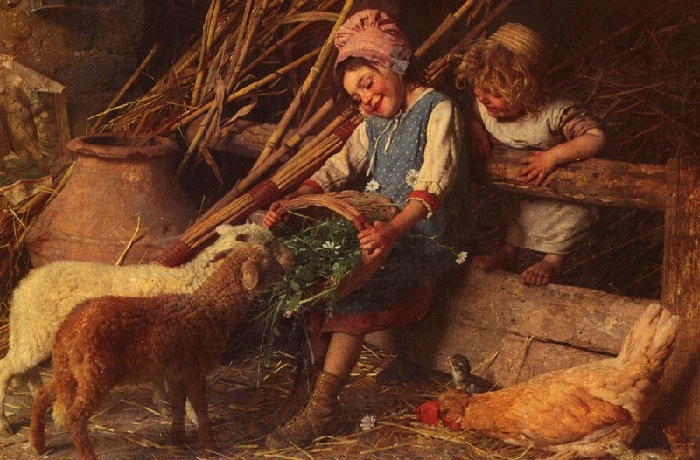oriental carpet
Sentimental paintings about the village children of Frederick Morgan
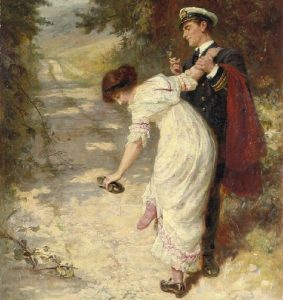 Today, lovers of sentimental painting are given the opportunity to get acquainted with the magnificent gallery of genre paintings by the English artist Frederick Morgan, who worked at the turn of the last two centuries and created a number of paintings dedicated to rural children.
Today, lovers of sentimental painting are given the opportunity to get acquainted with the magnificent gallery of genre paintings by the English artist Frederick Morgan, who worked at the turn of the last two centuries and created a number of paintings dedicated to rural children.
The theme of children in the 18th century was very winning. These paintings diverged from the collections of wealthy art lovers with enviable speed. How could you not admire the images of cute angels: blue eyes, a sugar smile, sincerity, the desire to imitate adults in everything. And the fact that the plot canvases depicting the children of an English painter were very popular during his lifetime was quite natural.
Frederick Morgan was born in London in 1847. His father John Morgan was also an artist. At one time he graduated from the school of design, and later becoming a member of the Society of British Artists, he painted paintings on historical and biblical themes. Continue reading
“Love Letter” by Jan Vermeer: Why the lute is central to the picture
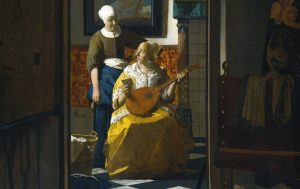 At the first glance at Jan Vermeer’s famous painting “Love Letter”, the name seems far-fetched, because the letter itself is hardly noticeable. But the lute in the hands of a woman plays a much more significant symbolic role. What does the letter contain? And what does the lute matter in the picture?
At the first glance at Jan Vermeer’s famous painting “Love Letter”, the name seems far-fetched, because the letter itself is hardly noticeable. But the lute in the hands of a woman plays a much more significant symbolic role. What does the letter contain? And what does the lute matter in the picture?
Genre painting
The paintings, which allow the observer to look at the everyday life of the depicted people, were especially popular in the XVII and XVIII centuries. They are called genre paintings, and Dutch genre art occupies an undeniable place at this stage in the history of art. A particularly popular topic was symbolism. Pictures depicting love letters can be attributed to a separate category of genre painting. Artists such as Jan Vermeer, Gabriel Metsu and Samuel van Hoogstrate have contributed to the world of art with canvases of this plot. Continue reading
Secrets of the painting “A Lady with a Parrot by the Window”: How the Smile of a Heroine and a Bird are Connected
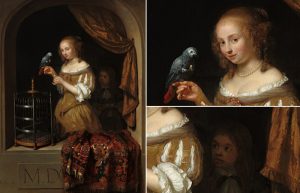 Caspar Netscher is a Dutch artist of German descent, an outstanding portrait painter, and also a master of depicting everyday scenes of the Dutch elite. He also developed a technique that allowed him to imitate a wide range of textures: be it linen, satin or coarse fibers of an oriental carpet. Caspar Netscher is part of a triad of prominent Dutch Golden Age masters along with Rembrandt and Vermeer.
Caspar Netscher is a Dutch artist of German descent, an outstanding portrait painter, and also a master of depicting everyday scenes of the Dutch elite. He also developed a technique that allowed him to imitate a wide range of textures: be it linen, satin or coarse fibers of an oriental carpet. Caspar Netscher is part of a triad of prominent Dutch Golden Age masters along with Rembrandt and Vermeer.
From the life of an artist
Netsher was the son of sculptor Johann Netscher. As a child, he was sent to Amsterdam to study with Hendrick Coster, a little-known artist of still lifes and portraits. In 1664, Netscher moved to Deventer to complete his studies in the workshop of Gerard Terborch. Having done this, he went to Italy in 1658, then to Bordeaux, where Netscher married Margaret Godin and lived there for several years. In 1662, in The Hague, Netscher became a member of the Society of Artists. At this early stage, he wrote small genre compositions, preferring the dark colors and themes of everyday life, which Terborch clearly influenced. Continue reading
